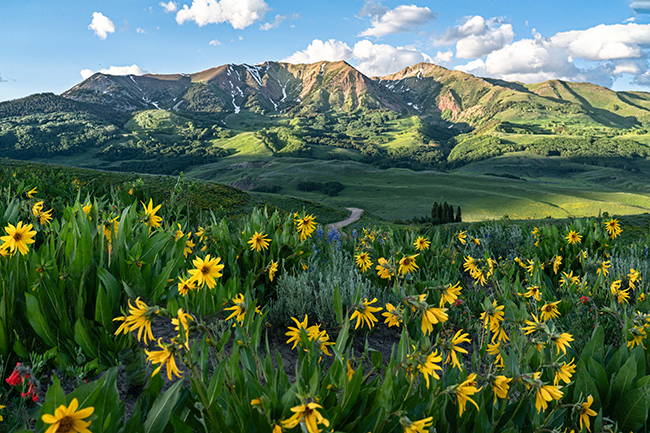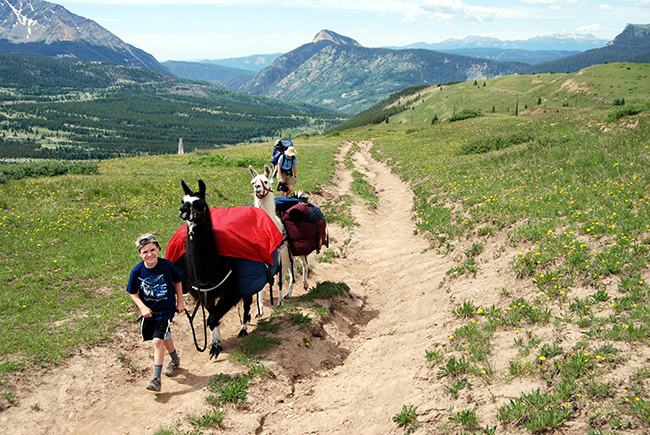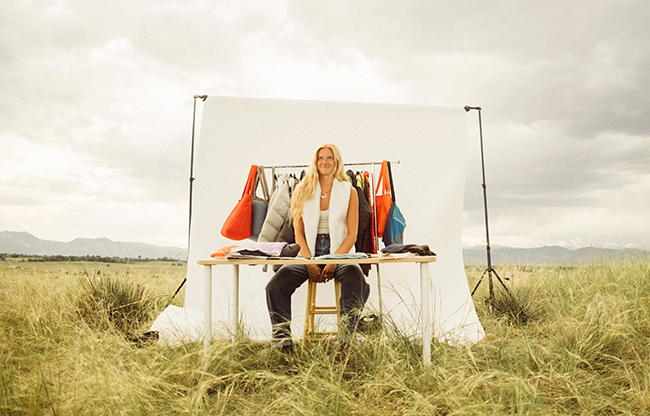Moss on the Rocks
04 Jun 2024
A closer look at climbing’s best-kept secret
Story and photos by Eli Zatz
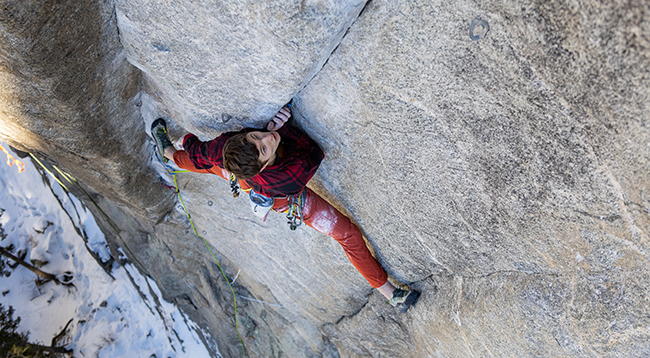
If you saw Will Moss on the street, you likely wouldn’t know that he’s one of the best rock climbers in the world. He flies under the radar, yet his exploits in traditional climbing have placed him in the elite company of the three other climbers who have learned to control fear on some of the world’s hardest and most dangerous routes.
Moss, a college freshman at CU Boulder has been in the climbing scene for a long time, but only recently did he start pushing it to the next level. Moss had climbed on a team in his hometown of New York City for roughly four years when COVID hit in 2020. At this point, Moss began to step it up. “I was at the point where I was ready to leave the team,” he says. “I started training on my own.”
From there, his climbing skyrocketed. He sent his first 5.14a sport route—a grade he now states is “easy”—shortly after COVID hit, Just three years later, Moss established the elusive grade of 5.14d R, the hardest traditional route in the world.
Traditional, or trad, climbing is especially risky. It involves the placing of your own gear or protection, effectively protecting the climber from falling to the ground. While the hardest route in the world is sport, with pre-placed bolts, there is purity in traditional climbing.
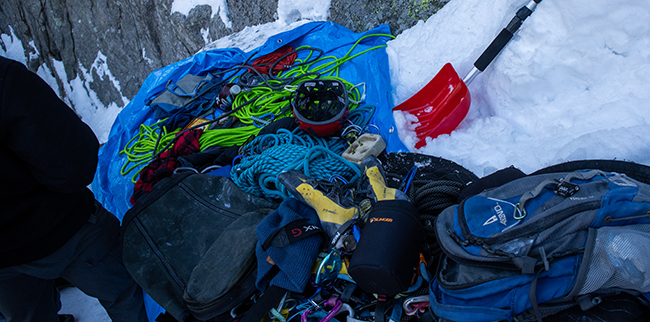
The assigned letter grade indicates risk level, with R being the most dangerous. Best Things in Life Are Free, the 5.14d R established by Moss, received an R rating due to the risks of falling during the inverted V11crux moves. “It’s a high-danger aspect at that crux because it’s very runout and you could land on your head, so you really want to dial it in.”
On Best Things in Life Are Free, Moss dialed it in over two seasons, working the route via top rope to mitigate the risks. Moss’s process for projecting is unique. “Deciding if I’m going to do [the route] or not comes before I’m on the climb,” says Moss. “Does this actually make sense; is there actually a high risk; is it perceived or actual risk? Then deciding, am I going to fall there; is the gear actually going to blow [come loose]; how can I mitigate the risk by making the gear better? I put all the time and effort in and then realize is it worth it to go for it or not. Once I’m on the climb, I’ve already decided I’m going to do it.”
After three attempts on lead, Moss completed Best Things in Life are Free and established the world’s second 5.14d R.
Moss’s analysis of routes and risk is second to none, yet analysis and risk management is not all it takes to perform at such a high level. “I’ve never seen someone actually care so much about what they eat and what they climb and all that stuff…No one else is really that dedicated to accomplishing their goals,” says Andrew Barthel, Moss’s climbing partner and a fellow CU student.
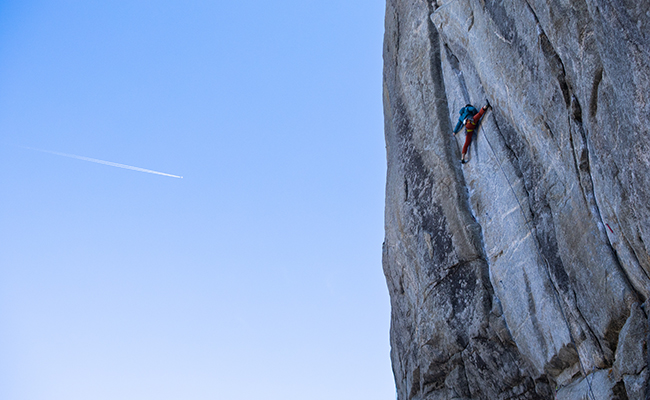
On the topic of goals, Moss’s are as high as the rock faces he climbs. This summer he has a lofty set of goals, including a flash of Wet Lycra Nightmare as well as Freerider, two of the most iconic routes in the Yosemite Valley. In Colorado, Moss is hoping to finish the three remaining 5.14s in the state before the end of the year, including an inspiring line up the Pikes Peak Diamond.
Moss already has a stacked resumé and shares the 5.14d R commonality with three of the best climbers in the world, and with a summer of high expectations and dedicated training regimens, Moss is on the cusp of climbing stardom.

